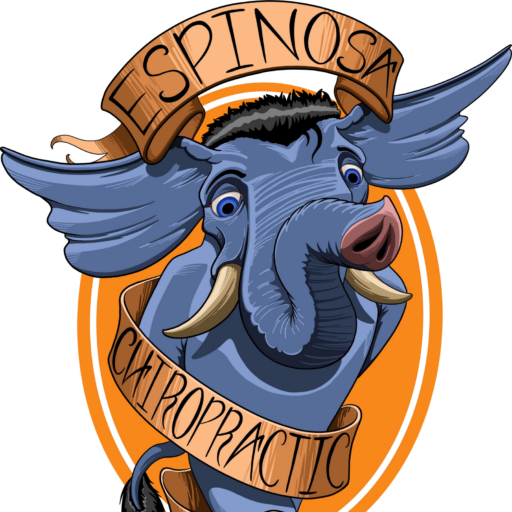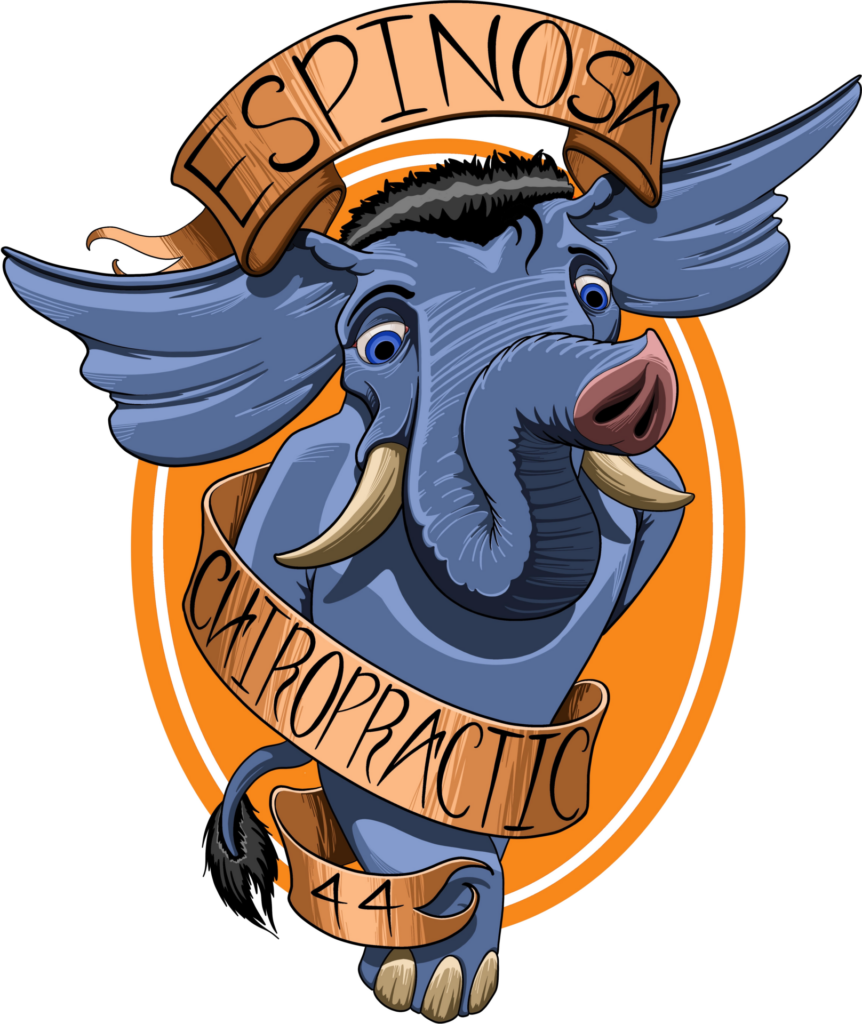Archive for November 2016
Free Those Hips

Your hips don’t lie: they have a claim for most important joints in the body and their health is essential for human movement. Hips have a lot of muscle mass that attach to them and they perform such crucial roles as conducting forces between the upper and lower body, activating and facilitating the movement of the legs, and providing for much of the movement we perform on a daily basis, including rotating and lifting. Unfortunately, our hips are up against it: as we sit more than ever, the muscles which make up the hip flexors are constantly contracted, which means that over time we are conditioning them to remain in a shortened position. This limits their abilities across the board and our bodies naturally compensate by shifting the burden to other parts of the body, including the lower back and knees, which have enough on their plate already.
What’s more, if we are going about our lives with shortened hip flexors, the minute we call upon them to perform even a marginally more extreme movement, the shortened muscle is stretched beyond what it can handle and injury ensues. Sitting has left our bodies in a veritable mess, and the hips are no casual victim; at Espinosa Family Chiropractic, the range of motion in your hips, and thus the greater health of your entire body, is our priority.
Fortunately, chronically tight hips respond well to strengthening and stretching routines that seek to reverse the shortening which occurs during a session of heavy sitting. Chiropractic adjustment is great for relieving pain and nerve irritation associated with imbalance in the lower spine while simultaneously improving range of motion, allowing you to focus on a fitness routine that preserves the health of your hips. For help getting motivated give our office a call and schedule an appointment today!
Dr. Raymond Espinosa, D.C.
Movement > Bed Rest

A cricked neck or a bad back can cause pain so disproportional to the severity of the problem that all we can do is stay in bed and whine, taking aspirin and waiting for the peak of the pain to subside. While this may be recommendable in the immediate aftermath of an injury such as a herniated disc, extended bed rest is actually working against your recovery efforts. The reason for this is that not moving at all weakens the body even more; muscles tighten to perilous extremes and weaken from lack of use, soft tissues become more vulnerable to injury and, in the case of a herniated disc, intervertebral discs will stiffen and dry out when not articulated regularly.
Most injuries, including herniated discs, will heal themselves given time and the appropriate attention to rehabilitation, but it is worth considering that the time you are out of commission can be shortened with regular stretching and strengthening. At our office in Sacramento, we use chiropractic adjustment, spinal decompression and trigger point therapy to alleviate your pain to a point where you feel comfortable taking on light activity. Once you have established a baseline of manageable pain, we start incorporating light aerobic activity, gentle stretching and corrective exercise which heals the injurious region and strengthens it against the recurrence of future injury.
Of course, any rehabilitation plan is subject to your injury and ability level; nothing should be undertaken that will exacerbate the pain or make your condition worse; it helps to talk to someone who specializes in rehabbing these kind of injuries. Give our office a call to schedule an appointment today and find out how good movement can defeat pain!
Dr. Raymond Espinosa, D.C.
Healing Foods

In lieu of my last blog regarding junk food, I would like to focus on some foods that are inherently healthy, but go beyond a base of nutrients to include phytochemicals that actually encourage healing in the body! These are ingredients that can be incorporated with little effort, but will influence a world of healing in the face of pain, stiffness and inflammation. As part of turning your back on junk food, it is worth considering that you could effectively replace ingredients that cause inflammation with ones that actively fight inflammation. Here are a few healing foods that deserve a try:
- Potassium rich foods: including avocado, banana and green leafy vegetables for reducing swelling.
- Omega-3 fatty acids: well known for its anti-inflammatory qualities.
- H2O: hydration’s importance cannot be overstated for keeping joints hydrated and pain down.
- Lean protein: chicken, fish for the protein necessary to maintain your muscles.
- Turmeric: powerful anti-inflammatory because of the active ingredient known as curcumin which reduces pain.
- Bromelain: an enzyme found in pineapple that is a potent anti-inflammatory and also helps to reduce swelling.
- Magnesium: a mineral renowned for its relaxing effects, especially on muscles. Can be found in leafy greens, yogurt, nuts, seeds and fish
A diet for fighting back pain is necessarily an anti-inflammatory diet, and this is one that cuts out the processed meats and sweets, and replaces them with wholesome ingredients. Pineapples? delicious. Fish? delicious. And while water may be more boring than Coca Cola, it also comes with none of the negative side effects including sugar, caffeine and extra calories which all work against you.
Dr. Raymond Espinosa, D.C.
Quitting Junk Food

Some people say sitting is the new smoking and, while it certainly has a case, I would put forth another candidate for the title: junk food. The processed foods of the meats-and-sweets heavy “Western diet,” do damage to just about every organ in the body and are linked to dangerous conditions such as diabetes, heart disease and cancer. “But it tastes so good and takes no time to prepare!” I hear you saying. In essence, this response means that you are choosing the temporary appeasement of your brain’s reward complex over the long-term health of your body. When we consume junk food, we are consuming only the bare essentials necessary for the body to keep processing, but none of the nutrients it needs to prosper. And what’s more, it’s making us irritable, lazy and decreasing our brain function at the same time. Conventional wisdom has gone against junk food for a while and, with the advent of the internet, there is more information and momentum than ever in the push back against junk food’s domination of our food culture. But even as the paradigm shifts, the cravings still persist.
At Espinosa Family Chiropractic, we believe that getting people excited about their own well-being is the surest way to keep them involved in the success of any health initiative they take on. Turning your back on junk food is not as difficult as you may think, but it does start with some concerted effort.
- Make a plan with a reason: “I want to live longer, with less chance of disease and chronic pain,” may be not a good enough reason for you, but what is? Do you want to look better, perform better at work or in school. Ask yourself at a very deep level what your reasons could be and how your life could benefit from quitting junk food. Then create a plan centered around what kind of food you will eat and cook that will still satisfy your taste buds but not include all the extra negatives.
- Control yourself and your environment: this may mean making difficult decisions such as not taking that standard left turn into the McDonald’s drive-thru; not picking up the candy from the convenience rack at the grocery check-out, etc.
- Let yourself be bad: once a week, allow yourself to break and have junk food. Call it a “reward,” if you like, but in this way you don’t completely deny yourself. Humans have a tendency to resent the notion that they are absolutely not allowed to have something. However, you will find that very quickly (in a matter of weeks), your body will adapt and develop a taste for the new healthy foods you have been eating.
The power is within you to leave the junk food behind and start on a path toward better health and longevity. Often all it takes is a conversation to help you get started and stay involved; with this, we can help. Along with our chiropractic treatment, we can help keep you accountable and motivated to achieve great changes.
Stretching vs. Stressing

Stress is an animalistic response complex that morphed into something more serious for humans who have the ability to internalize the symptoms, the feelings, the emotional and physical pain that comes along with it. It is a chemical reaction induced by the feeling of perceived threats, in which the nervous system opens a floodgate of stress hormones including cortisol and adrenaline. While this is useful for emergency or high pressure situations, consistently high levels of stress hormones can lead to problems which put your health at risk. At Espinosa Family Chiropractic, we believe in helping people find the true source of their stress, healing it naturally, and establishing systems that will help prevent and manage stress as it comes and one way we have found to be truly effective is with stretching. The next time you feel overwhelmed, give this one a shot:
- Wall roll-down: Stand with back against the wall, feet hip width apart and a foot from the wall. Inhale and press your entire back against the wall. As you exhale, roll down the wall until only your tailbone and buttocks are touching. From this position, let your arms hang and take deep breaths as you feel the relaxation that comes to your neck, shoulders and back.
Mental stress translates to physical tension, especially in the muscles and connective tissue in the back, shoulders and neck- it can literally leave you in knots, of the kind that can be released through trigger point therapy. At our office in Sacramento, we utilize hands-on modalities that release problem points from tension and promotes relaxation. Along the way, we correct spinal imbalance, regulate the nervous system and fight inflammation. With someone looking after your body in this way, you have a strong foothold from which to fight back against daily stress.
Dr. Raymond Espinosa, D.C.
Food for Relaxation

Stress management means something different to everyone: some people bury it away until they burst; others exercise to let it go and feel an endorphin boost; others will just settle down by watching cat videos on YouTube. Whatever your unique stress management plan, the essential thing is that you have one. At Espinosa Family Chiropractic, we want to help you find ways to manage your stress before it boils over and one great technique for doing this is through diet. We are not suggesting a radical diet change, but rather a few simple foods that can help fight back against the stress using natural means!
- Green Tea: for the anti-oxidants and L-Theanine, a chemical which inhibits anger and promotes relaxation.
- Celery: to lower blood pressure, which is an important part of relaxation.
- Honey: for tryptophan and potassium, it is a boost for both the body and brain.
- Dark Chocolate: contains hormones that balance stress in the brain, tastes delicious and makes you happy.
- Gum: more specifically, the act of chewing it, which, studies show, lowers cortisol levels and reduces stress.
At our office in Sacramento, we focus on the root causes of your stress, beginning with a discussion and a musculoskeletal examination that will determine if there are any structural or muscular causes that may be contributing. As we begin to heal your body, the brain will inevitably follow, so we encourage you to not let stress stew insidiously in your life any longer- instead, give our office in Sacramento a call so we can start addressing your stress today!
Dr. Raymond Espinosa, D.C.
Managing Stress

Everyone knows that person who, “thrives under pressure,” the one who can deliver no matter how much is piled on. And while the brain does work harder under pressure, it doesn’t necessarily work better. Procrastination is innate; there is a tendency for humans to disassociate from how waiting for work to pile up til the last minute will affect their future self. Sometimes we won’t even work until the reward is literally looming before us (i.e. the next day.) This is a perilous way to live, and one that leads a lot of people into lives of chronic stress and muscle tension. Rather than joining in this legion of stressed out, stress-hungry people, we encourage you to try being proactive about stress and managing it to your benefit. Here are some techniques that can be used in the office:
- Squeeze a stress ball: take it out on the ball, let it absorb all your tension.
- Cool down: stress has a way of making our blood boil, leading to distraction and anger that can be counter-productive. A great way to combat this is by putting a cool towel over your wrists.
- Massage yourself: Acupressure points are great for releasing tension, but sometimes just rubbing your hands can do wonders. If you can, roll your shoulders and neck around a few times to dispel the tension that accumulates during a day seated at work.
- Chew gum: masticating is powerful; clinical studies show that chewing gum lowers anxiety levels.
The point is this: next time you are grinding through a day of work with a deadline looming large, instead of pushing on to the point of breaking, grab a piece of gum and chew, bust out a doodle to stimulate your creative side and reward complex, or take a vigorous walk outside to get some refreshing exercise in the sunshine, and then try pushing on. I promise you your productivity will go up without the accompanying stress. The time spent doing this will be recompensed by the boost in productivity and you will still meet your deadline, just with less brain damage, and that is totally worth it! For help on managing stress in all phases of life, give our office a call to schedule an appointment today.
